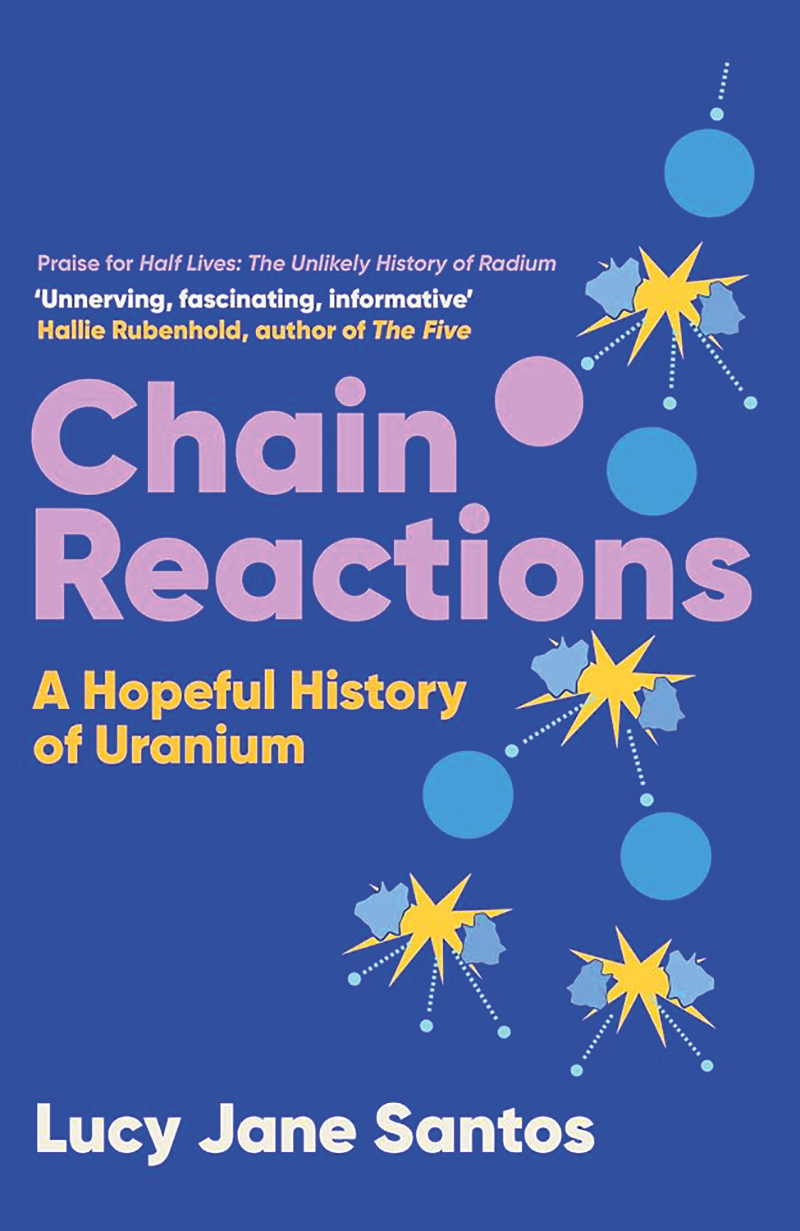On 17 October 1956, a significant milestone was marked for both the newly established nuclear industry and for British national pride. At 12.16pm, in the presence of numerous dignitaries and the press, Queen Elizabeth II ceremonially pulled a lever, initiating the flow of electricity from the Calder Hall Nuclear Power Station in Cumbria to the National Grid. Subsequently, Workington, 15 miles up the coast became the first town in the world to be powered by nuclear energy.
The Daily Express reported on this development breathlessly: ‘A-Power: It’s Here! In Action! The First Dinners are Cooked!’ The excitement spawned by this advancement was not just around the technology’s electricity-generating potential but for Britain’s standing on the world stage, something that had taken a serious battering in recent years.
Another publication reported: “By the simple act of setting in motion the first flow of commercial electricity to the national grid from a nuclear source, Her Majesty not only ushered in another industrial era, but made it clear to all the world that (as has happened so often before) Britain once again takes the lead.”
Get the latest news and insight into how the Big Issue magazine is made by signing up for the Inside Big Issue newsletter
Nationalism aside, it was a remarkable achievement made even more so by the pace of the technological progress it represented. That the radioactive element uranium could undergo a chain reaction – a self-sustaining process that yielded an enormous amount of energy – had only been proven in the late 1930s. What happened to this energy if it was used to create some sort of bomb had become explosively apparent with the devastation caused in Japan in 1945 and subsequently through a series of tests as the US, the Soviet Union, Britain and France frantically developed their atomic capabilities and the world plunged ever deeper into the Cold War.
But even during these demonstrations of its ever-increasing destructive capabilities, uranium also represented a hope for an energy revolution; a future that didn’t rely on burning coal. And there was a real need in the 1950s to rethink how the world was powered after a period of shortages and rationing, which had been exacerbated by the war.











